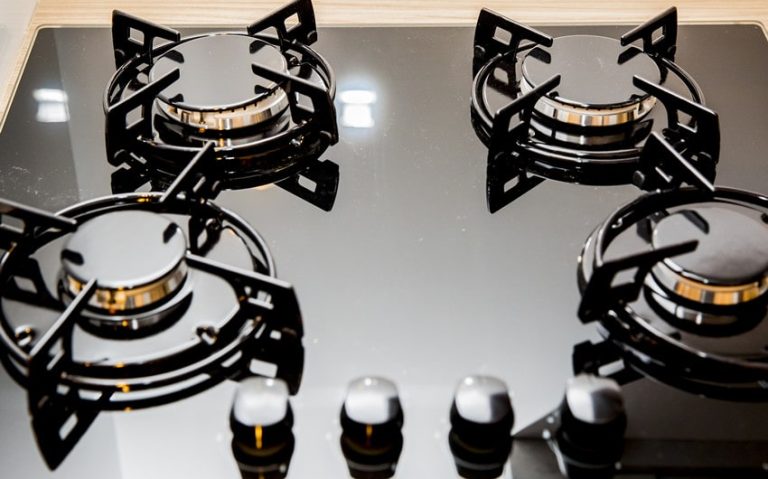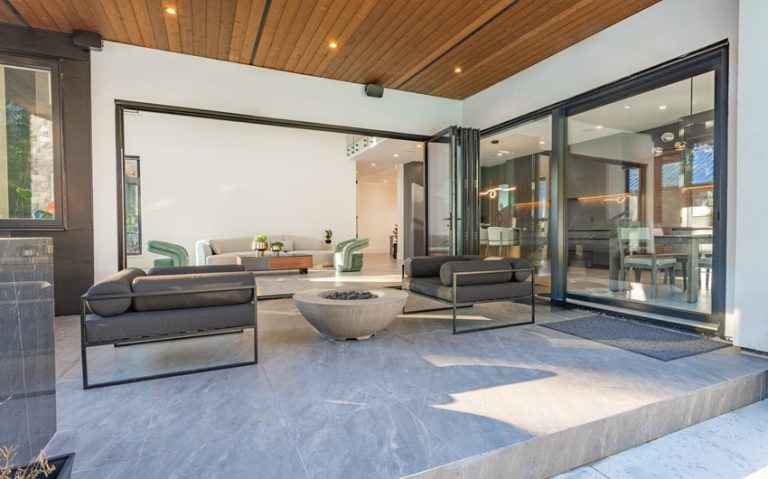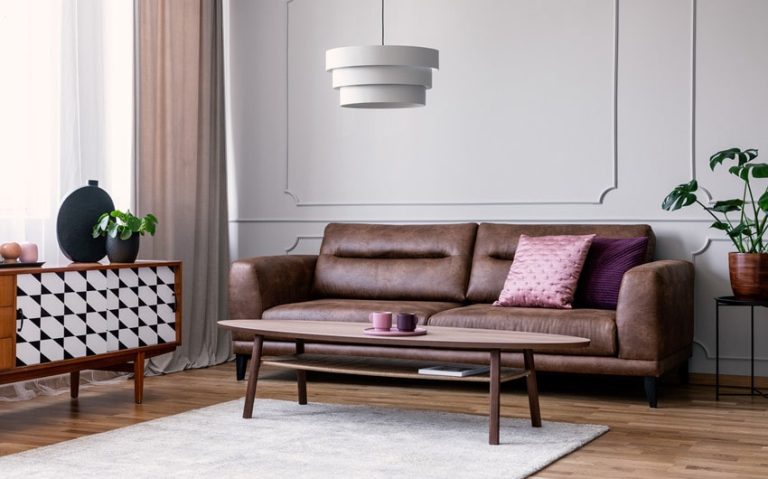The Art of Designing a Bird-Friendly Garden
Have you ever looked out at your backyard and wished it was filled with more life, color, and cheerful chirping?
Birds bring a sense of movement and calm that turns any ordinary garden into a living sanctuary. Creating a bird-friendly garden isn’t just about beauty-it’s about supporting nature right at home.
This article will show you how to design a space that attracts and nurtures birds while making your garden more vibrant and alive.
Choosing the Right Plants
Plants play the starring role in any bird-friendly garden. Native plants are best because they produce the seeds, berries, and nectar local birds already rely on. They also attract insects, which many bird species feed on during breeding season.
Shrubs like serviceberry, elderberry, and viburnum are excellent choices. Sunflowers and coneflowers offer seeds that finches adore. If you want hummingbirds, plant trumpet-shaped flowers like salvia or bee balm. By mixing layers of trees, shrubs, and flowers, you’ll create a natural buffet for birds year-round.
Creating Safe Shelter
Every bird needs a safe place to rest, nest, and hide from predators. Trees and thick shrubs act as natural cover, giving birds comfort and safety. Evergreens are especially helpful during winter when leaves have fallen from other plants.
You can also add man-made shelters like birdhouses or nesting boxes. Just make sure they’re placed away from heavy foot traffic or curious pets. Avoid pruning too often during nesting season to give birds time to raise their young without disturbance.
Adding a Reliable Water Source
Water is essential, not only for drinking but also for bathing. A birdbath adds charm to your garden while serving as a magnet for visitors. Birds love shallow, gently sloped basins where they can wade safely.
Try placing your birdbath near trees or shrubs so birds can quickly escape if startled. Clean and refill it often to prevent algae or mosquito buildup. You can explore beautiful options for garden birdbaths here. A well-placed birdbath not only attracts a variety of species but also becomes a beautiful garden focal point.
Avoiding Harmful Chemicals
Pesticides and herbicides can harm birds directly or destroy the insects they depend on for food. Many birds feed their chicks soft-bodied insects, so when those disappear, it disrupts the entire ecosystem.
Opt for natural pest control methods instead. Encourage beneficial insects like ladybugs or lacewings, and use compost to strengthen plant health. Birds themselves are natural pest controllers, so the more you attract, the fewer bugs you’ll need to fight off manually.
Designing with Layers
Birds thrive in gardens that mimic natural habitats. This means creating layers-tall trees for canopy dwellers, mid-height shrubs for shelter, and low-growing flowers or groundcover for foraging. Each layer invites different species to visit and stay.
The upper layer provides perching and nesting spots for larger birds like robins or cardinals. The middle layer offers safety and nesting space for sparrows and wrens. Meanwhile, the ground layer attracts thrushes and towhees searching for food. A multi-layered garden feels alive, full, and welcoming all at once.
Providing Year-Round Food
Birds need food in every season, especially in colder months when natural sources run low. Planning for year-round nourishment keeps them coming back.
In spring and summer, focus on plants that bear nectar, seeds, or fruits. In fall, add late bloomers like asters or seed-rich plants like goldenrod. During winter, evergreen trees and shrubs can provide both cover and berries. You can also hang feeders with seeds or suet to help sustain birds through the cold.
Balancing Aesthetics and Function
A bird-friendly garden can be both wild and elegant. Balance natural growth with a touch of design by blending formal elements-like pathways or seating areas-with organic clusters of native plants.
Birds prefer variety, so don’t worry if your garden looks a little untamed. Let leaves and seed heads remain through winter-they provide food and shelter. Over time, you’ll find that the most beautiful gardens are those that welcome life in all its forms.
Attracting Specific Bird Species
If you have favorite birds you’d love to see, you can tailor your garden to attract them. Hummingbirds love bright red or orange flowers like trumpet vine. Finches enjoy seeds from plants such as zinnias or thistles. Bluebirds prefer open spaces with nesting boxes nearby.
Pay attention to what birds already visit your neighborhood. Once you know who’s around, you can plant accordingly. Even small adjustments can make your yard irresistible to certain species.
Learn from Observation
The best way to improve your bird garden is through observation. Watch which plants they visit most and how they use different areas. Maybe they prefer one corner for bathing or another for nesting.
Keeping a small garden journal can help track changes through the seasons. Noting which birds appear and when gives insight into how successful your garden truly is. Over time, you’ll learn how to fine-tune it for even greater diversity and delight.
Nature’s Music in Your Backyard
The joy of a bird-friendly garden isn’t just in how it looks-it’s in how it feels. The flutter of wings, the rhythm of songs, and the gentle rustle of leaves create a soundtrack that calms the soul.
Birds remind us that even small outdoor spaces can have a big impact. By inviting them in, we bring back a piece of the natural world that’s often missing in modern life. Every tree, flower, and drop of water helps build that connection again.
Let Your Garden Sing
A garden alive with birds brings more than just color-it brings connection. Every chirp, flutter, and rustle adds a new layer of energy to your outdoor space, reminding you that you’re part of something much bigger. Birds bring stories, movement, and a sense of peace that grows stronger with every season.
Designing a bird-friendly garden is a creative act of kindness toward the planet. It’s where art meets ecology and beauty meets purpose. We hope this article was helpful to you.
If you enjoyed it, be sure to check out our blog for more valuable information and resources.







